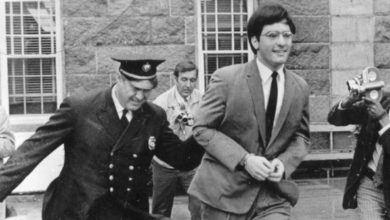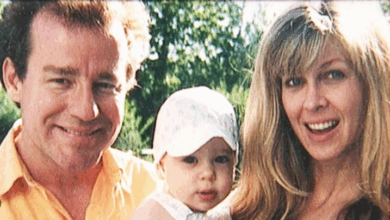Six Murders, No Answers: What Happened at Hinterkaifeck?
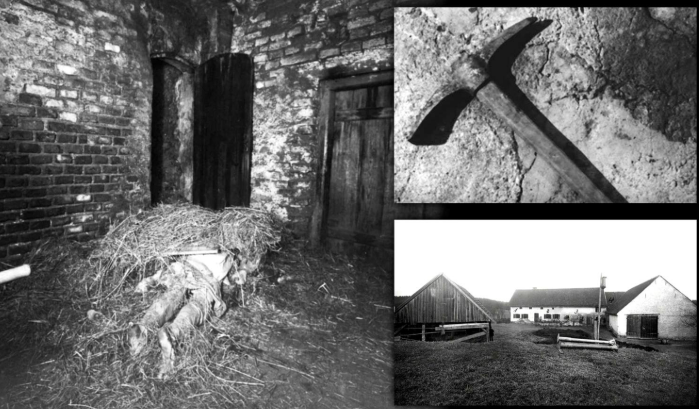
“Six Murders, No Answers” is a title often used in articles, documentaries, or podcasts that explore the infamous Hinterkaifeck murders — one of Germany’s most chilling and mysterious unsolved mass murder cases, which occurred in 1922.
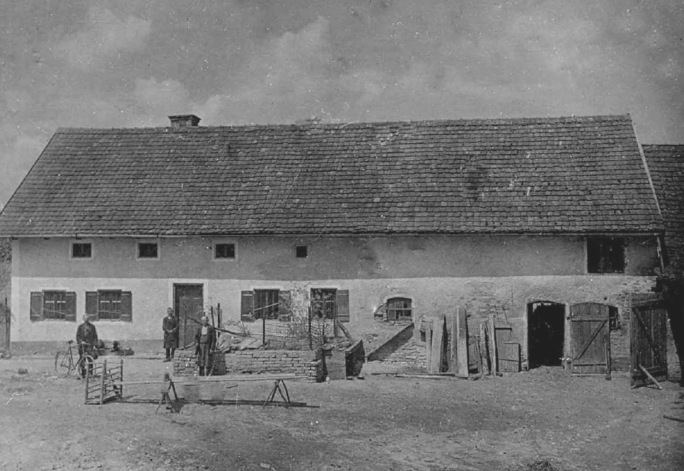
Here is a full breakdown of the case:
Hinterkaifeck – A Remote Farmhouse with Dark Secrets
Hinterkaifeck was the informal name of a small, isolated farmstead located between the towns of Ingolstadt and Schrobenhausen in the Bavarian region of Germany. Six people lived there:
-
Andreas Gruber (63) – the patriarch
-
Cäzilia Gruber (72) – his wife
-
Viktoria Gabriel (35) – their widowed daughter
-
Cäzilia Gabriel (7) – Viktoria’s daughter
-
Josef Gabriel (2) – Viktoria’s young son
-
Maria Baumgartner (44) – the new maid who had just arrived on the day of the murders
A Gruesome Massacre
On April 4, 1922, neighbors and concerned relatives discovered that all six inhabitants had been brutally murdered. What made the case particularly disturbing was the method of killing and the behavior of the killer afterward.
Four of the victims were lured into the barn one by one and killed with a mattock (a farming tool). The remaining two were murdered inside the house. The bodies in the barn were covered with hay, and the killer had remained at the property for several days afterward, feeding the animals, cooking meals, and keeping the fires going.
Eerie Clues Before the Crime
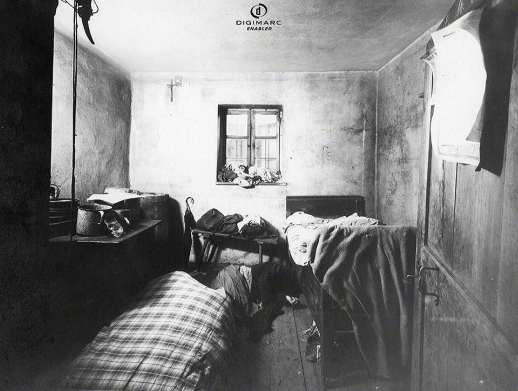
Several strange signs were reported before the murders:
-
Footprints in the snow leading to the farm — but not away from it.
-
Andreas Gruber told neighbors about hearing footsteps in the attic, discovering a strange newspaper that didn’t belong to the family, and finding a broken door lock.
-
The previous maid had quit, saying the house felt haunted and that she heard strange sounds at night.
All of this suggested that someone may have already been inside the house, hiding, before the murders occurred.
Who Was the Killer?
Despite a large-scale investigation and hundreds of interviews, the case was never solved. Several theories emerged over time:
-
The father of Josef: There were rumors that Josef was the result of an incestuous relationship between Viktoria and her father Andreas, leading to potential conflict within the family.
-
A hidden intruder: Some believe that the killer lived in the attic for days or even weeks before committing the murders.
-
A robbery gone wrong or personal vendetta: Though money and valuables were mostly untouched, some have speculated about financial or revenge motives.
No theory has ever been conclusively proven.
Why Has the Case Never Been Solved?

Several factors contributed to the mystery remaining unsolved:
-
The crime scene was disturbed by curious neighbors and untrained police officers before it was properly secured.
-
No forensic science existed at the time to analyze blood, DNA, or fingerprints.
-
Rural communities in 1920s Germany lacked structured law enforcement and proper investigative techniques.
Even the bodies were beheaded for autopsy, and the skulls were sent away for analysis — only to be lost during World War II, leaving no way to exhume and re-examine the remains today.
The Legacy of the Hinterkaifeck Murders
The Hinterkaifeck case has become a symbol of unsolved horror. It is widely discussed in:
-
True crime books and documentaries
-
Podcasts and YouTube series
-
Academic and criminal psychology studies
The title “Six Murders, No Answers” captures the heart of the case: six people were slaughtered, but the identity of the killer remains a mystery to this day.

